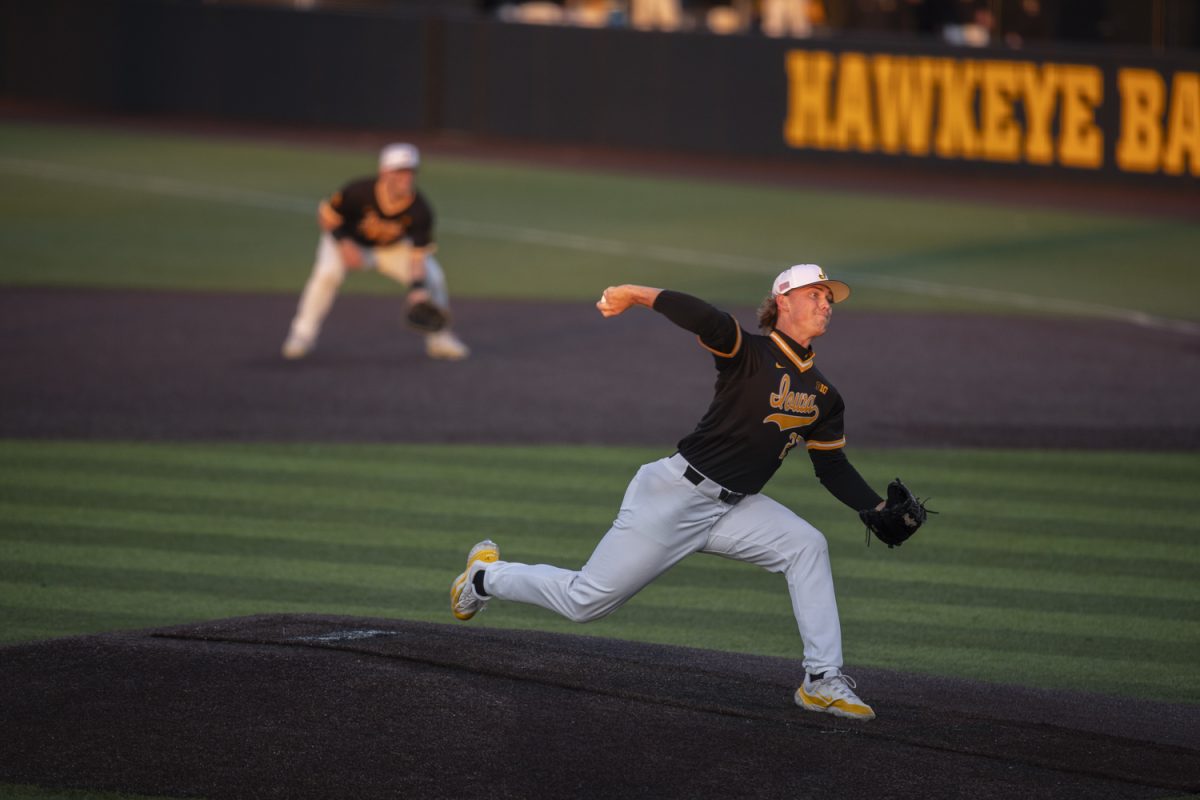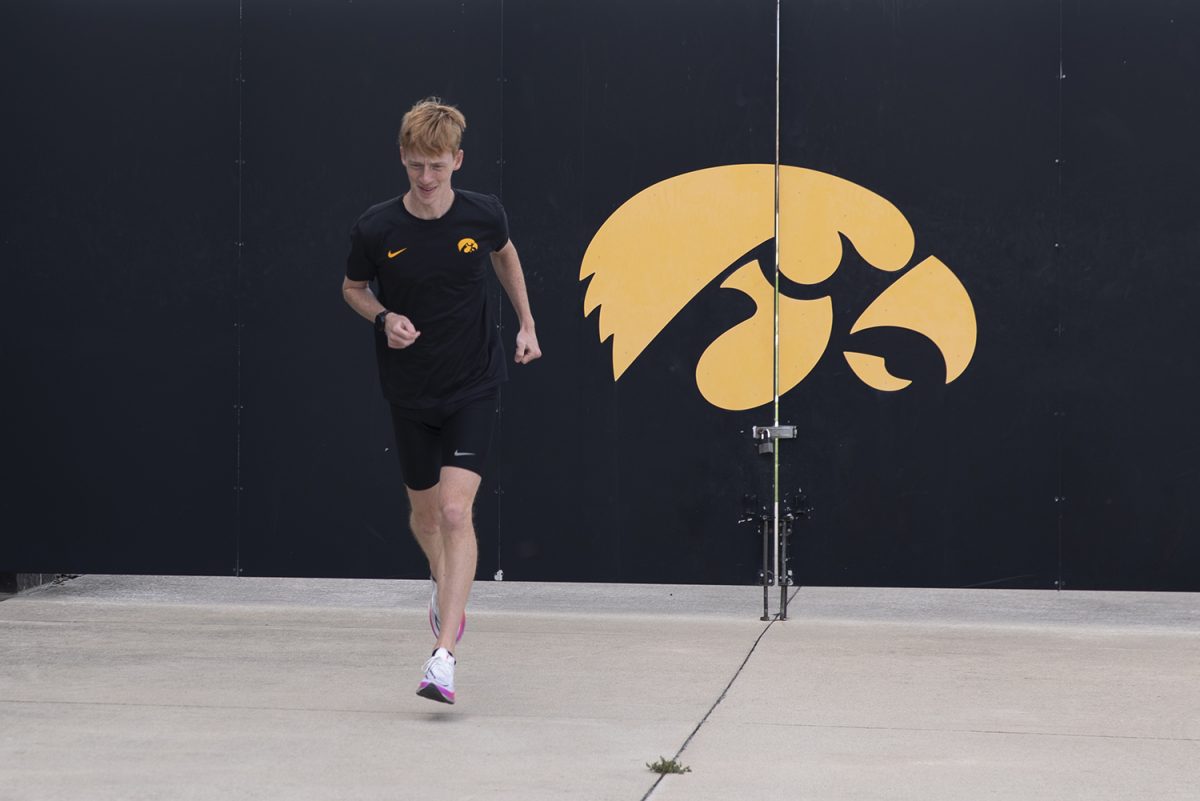LINCOLN — Iowa’s 7-5 regular season was mediocre.
Sure, the Hawkeyes faced replacing more than half of their starters from 2010. But they also played the nation’s 68th-toughest schedule and, according to Phil Steele, the second-easiest in the Big Ten.
So what went wrong along the way?
The answer might surprise you: It was the offense.
A once seemingly high-octane Hawkeye attack sputtered late in the season. The reason was simple: Iowa’s offense simply didn’t improve much over the course of the year. Instead, once in the heart of its Big Ten schedule, the offense often left a much less talented — but consistently improving — defense out to dry.
Fans entered the season knowing this wouldn’t be a typical Kirk Ferentz-coached Iowa team. The Hawkeyes touted a vastly depleted defense and atypical offensive firepower. They needed to rely more on outscoring the competition rather than stopping it.
They mostly followed that script through the first seven games, averaging 34.3 points in those contests. Iowa even scored 31 or more points in six of its first seven for the first time since 2002, which unquestionably saw the best offense of the Ferentz era.
But Iowa scored 31 points just once during its 2-3 season-ending stretch — and warning signs surfaced long before that.
The earliest came in a 44-41 triple-overtime loss at Iowa State on Sept. 10. Iowa finished with 41 points, sure, but it only managed two touchdowns during regulation against an Iowa State team that ranks 102nd in the country in total defense.
The Cyclone defensive backs succeeded in limiting Marvin McNutt, laying the groundwork for the same plan Nebraska used on Nov. 25: Slow down McNutt, and you halt the Hawkeye passing attack. Iowa State held the senior to 4 catches for 61 yards — not a terrible performance but well below his average of 105.8 yards a game.
The Cornhuskers did even better, confining him to 4 catches for 29 yards.
Nebraska was also another example of the offense — particularly quarterback James Vandenberg — sputtering on the road. The sophomore was magnificent at home, recording a 110.7 quarterback rating in seven games. But on the road, Vandenberg’s quarterback rating dipped to 76.0.
Don’t get me wrong — Iowa’s defense was not a formidable unit. But unlike the offense, it did get better.
The Hawkeyes averaged 396.4 offensive yards in the first seven games. In the final five, Iowa averaged 355.
The defense surrendered 406.7 yards of offense during the first seven. In the final five, the Hawkeyes improved to allow 360.8 a game. That includes Michigan State’s 443 yards on Nov. 12. Iowa punted seven times and turned the ball over three times that day, often putting its defense in a precarious position.
Even after one of the Hawkeyes’ worst offensive games of the season in a 20-7 loss against Nebraska — they had two turnovers and just 270 yards — Ferentz said Iowa needed more from its defense. The same defense that held Nebraska more than 10 points below its season scoring average. The same defense that was on the field for 37:47 of the game because of the offense’s ineptitude.
"We didn’t play well enough defensively. We played hard," Ferentz said. "… If we’re not moving the ball, then we have to get the shutout."
A shutout? Give me — and your defense — a break.






